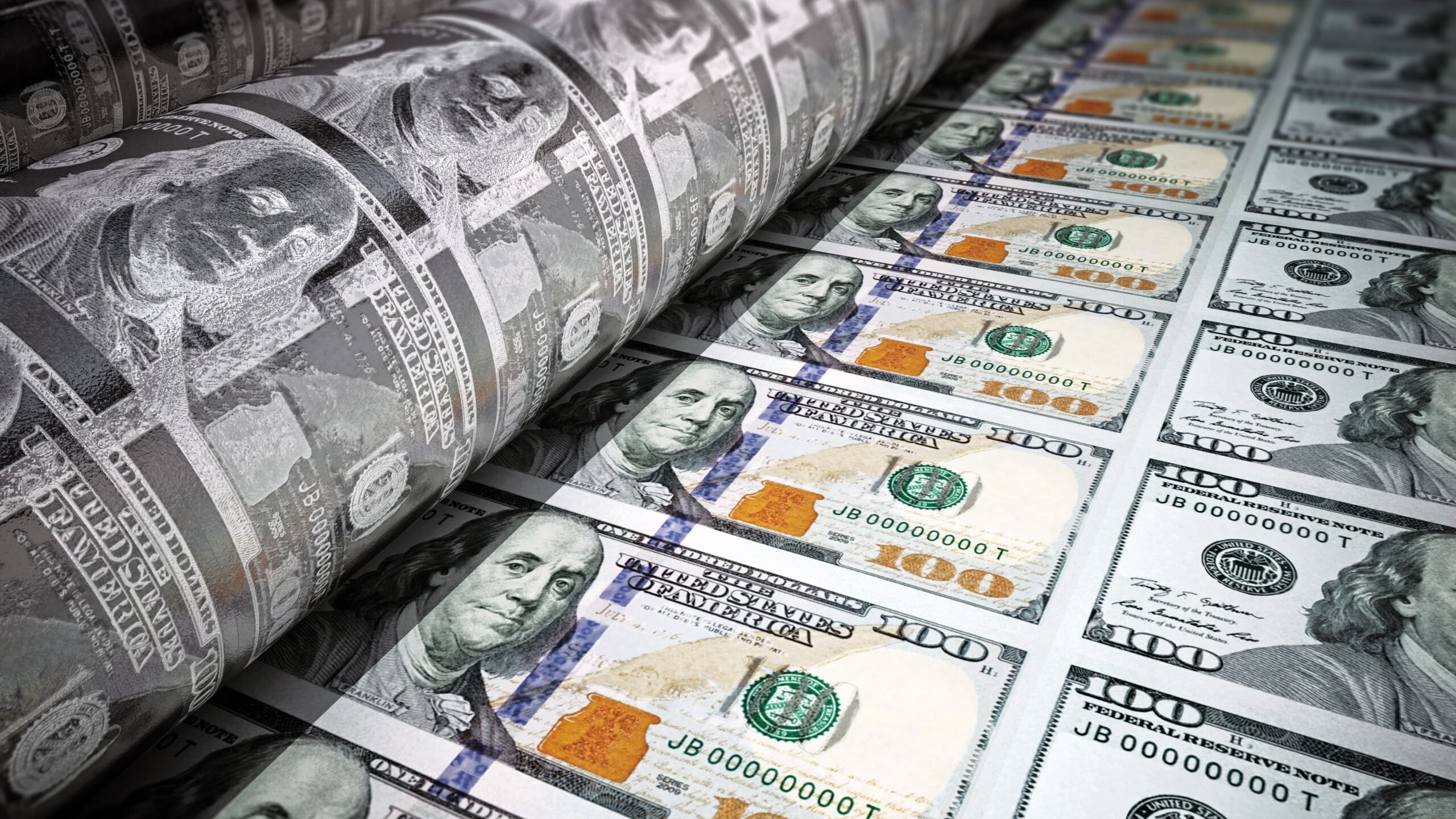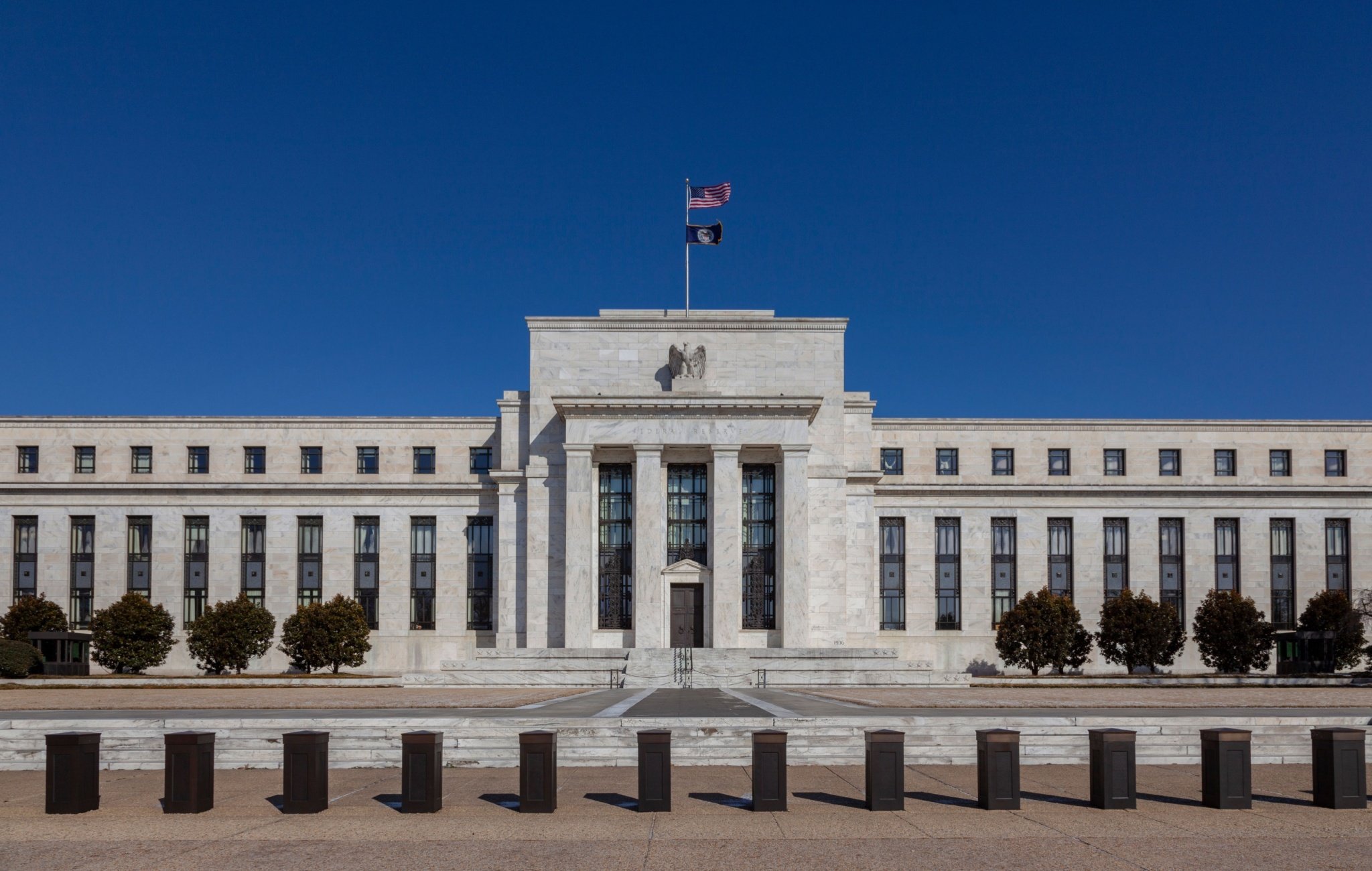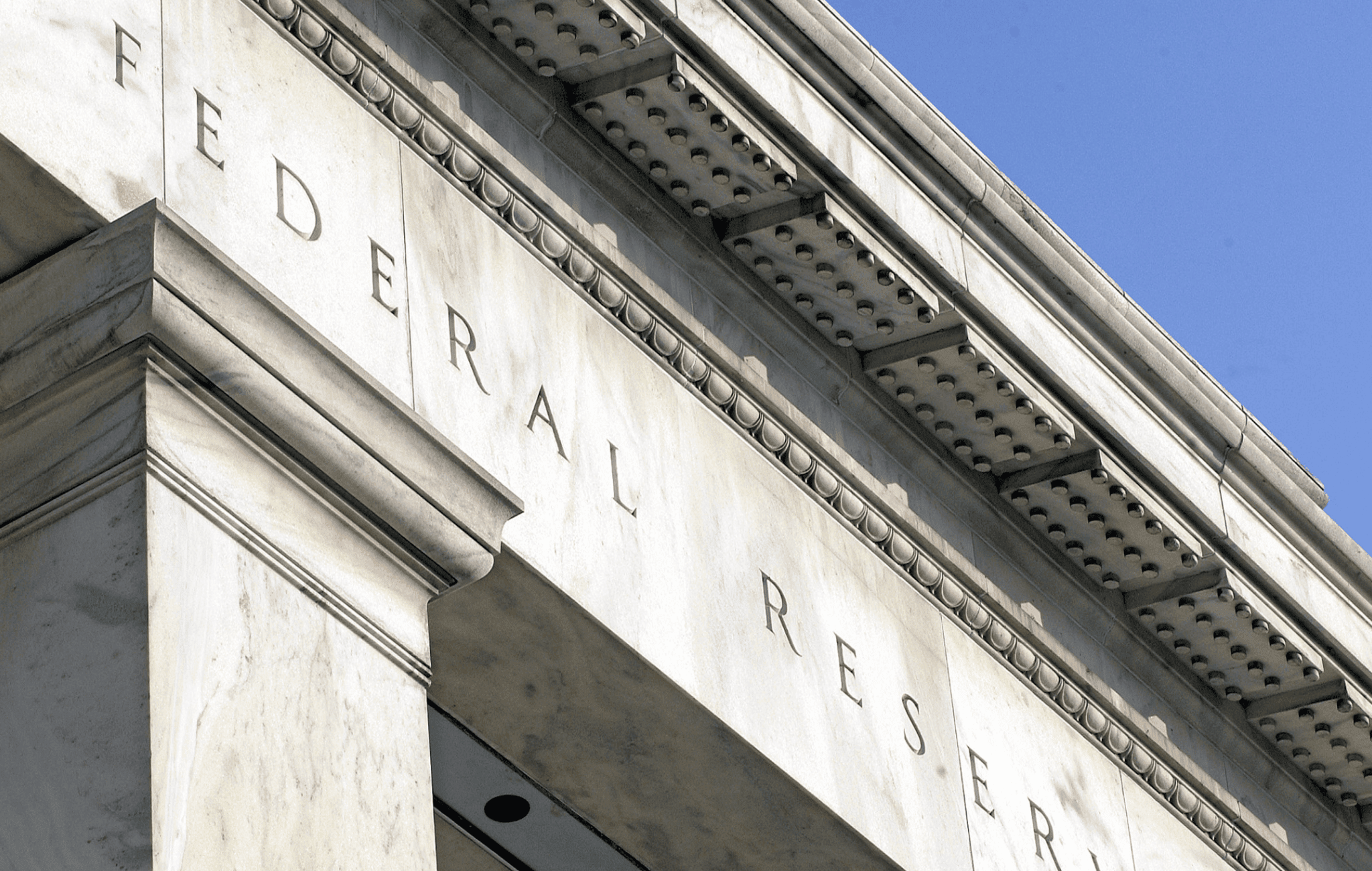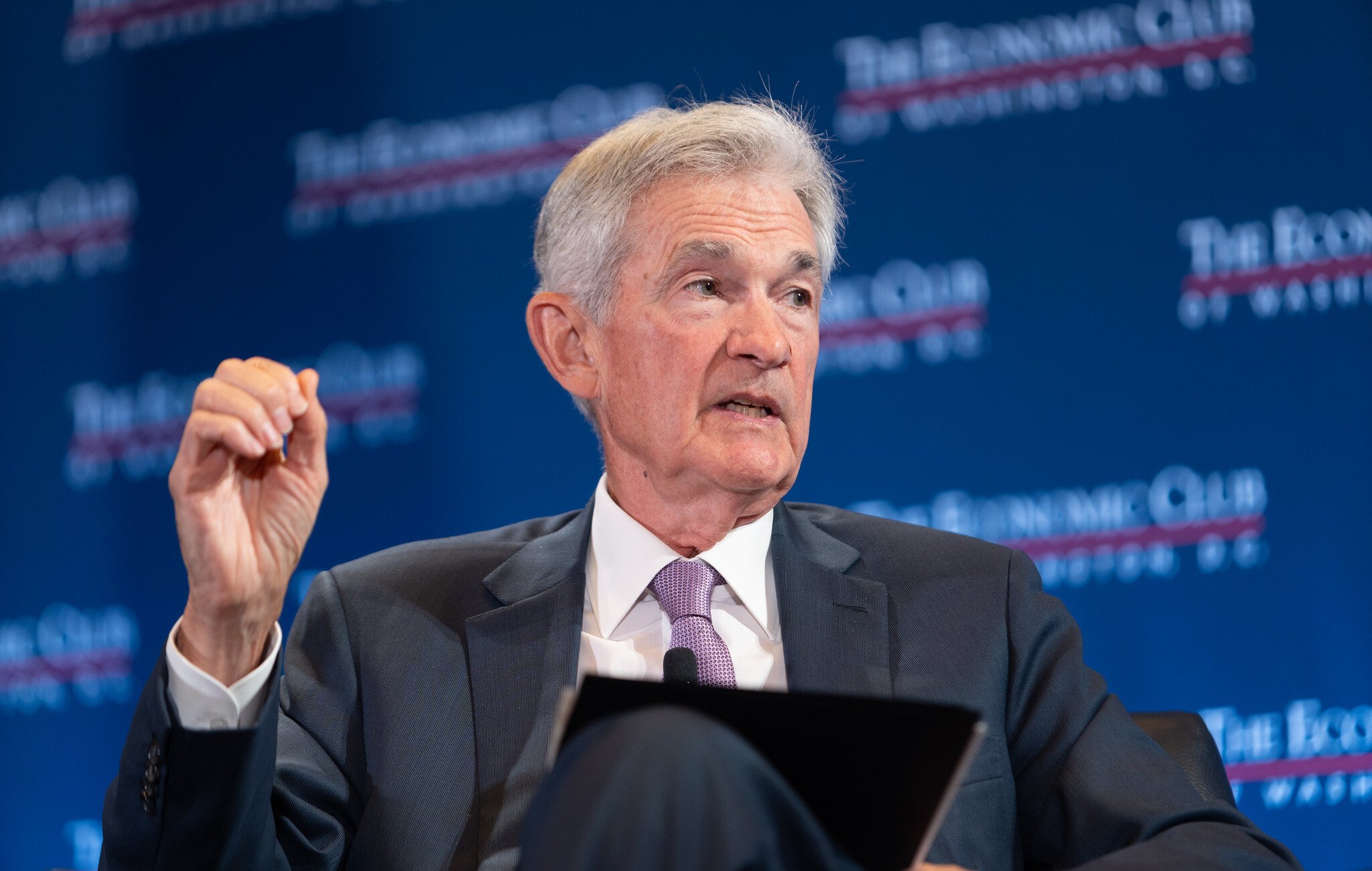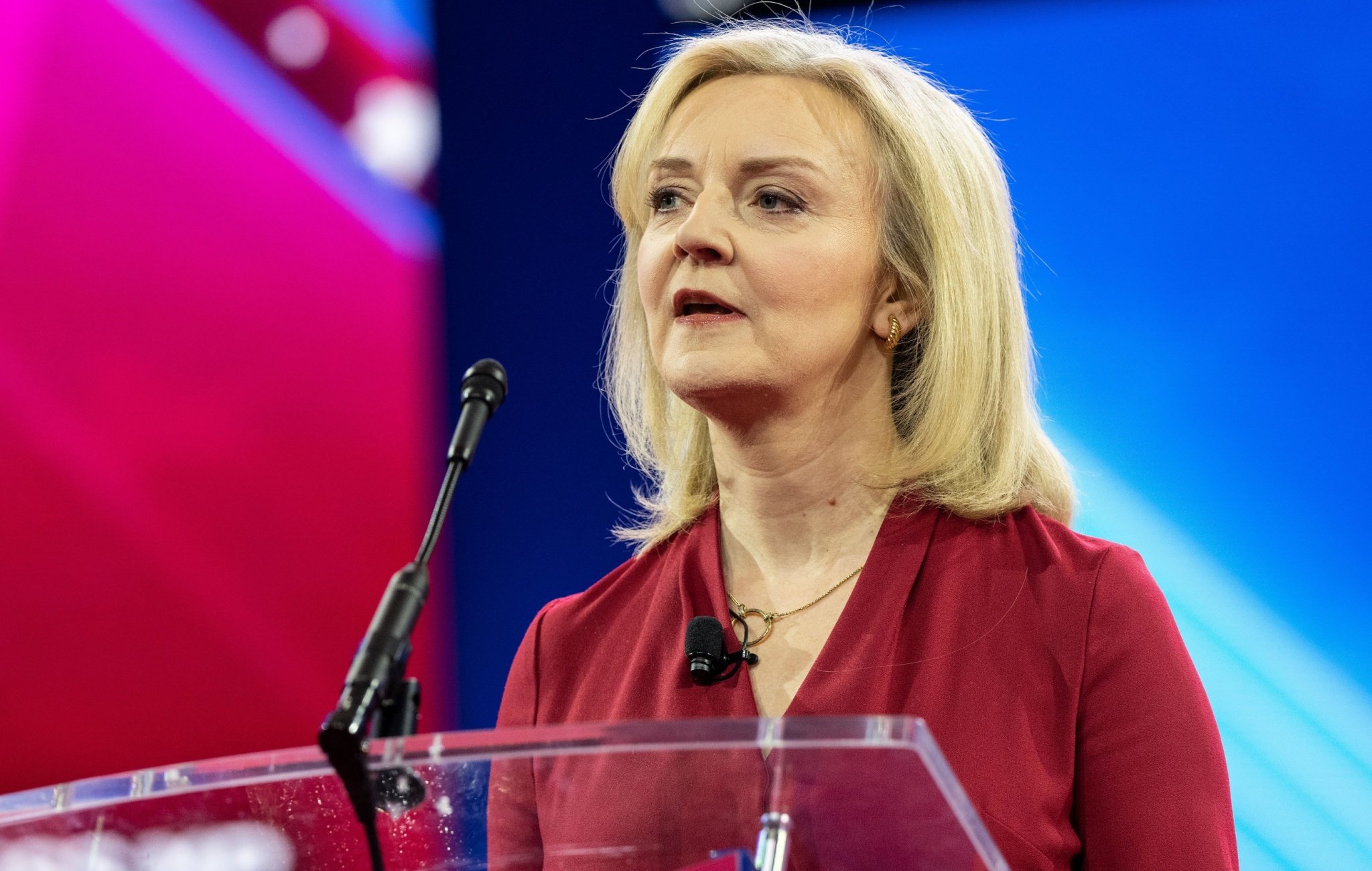Inflation
|
Rethinking the Fed’s Framework: Lessons from the Post-Pandemic Inflation
The paper evaluates alternative frameworks and argues that the Fed should adopt either a nominal spending target or a symmetrical average inflation target.
|
Stay Put or Pay Up: Why Can’t Your Mortgage Move With You?
“Once ‘locked in,’ a comparatively low mortgage rate functions as an emotional and economic anchor.” ~Laura Williams
|
Inflation Remained Below Target in August
“More cuts are projected for 2025, but not enough to return the stance of monetary policy to neutral.” ~William J. Luther
|
Fed Rate Cuts Are Unlikely to Goose the Stock Market or Prevent a Recession
“Rate cuts based on hindsight instead of foresight can confirm a recession but can’t prevent it.” ~Richard Salsman
|
Moderate Inflation Affirms Fed’s Path to Easing
“The Fed should ignore the political noise and follow the data. Central bankers failed to curb inflation, but that doesn’t mean they should deliberately make the opposite mistake now.” ~Alexander W. Salter
|
The Fed’s Balance Sheet Feeds Bailout Culture
“It appears that Fed officials came to believe that they had the authority and power to do whatever they deem necessary to ‘fix’ the economy.” ~Paul Mueller
|
Inflation Slightly Below Target in July
“The federal funds rate target range is likely to be at least a full percentage point lower by the end of the year. That would significantly reduce the distance the Fed needs to travel in order to return monetary policy to neutral.” ~William J. Luther
|
Did the Bank of England Set Britain on the Road to Ruin?
“Officials sent out critical letters to Truss and her Chancellor, containing an analysis that has since proved incorrect, and which were immediately leaked to the press. The damage was done – the Bank and the blob had their fall guy.” ~Iain Murray
|
Food Profit Margins Shrink, But Harris Blames Them for Rising Grocery Bills
“Based on her insistence that price gouging is responsible for high grocery prices — when it clearly is not — the Vice President’s proposal would more likely function as a price freeze or command pricing.” ~Joel Griffith
|
Entitlement Collapse is Worse Than it Looks
“Voters need to understand that by not pressuring politicians to deal with entitlements now, we might end up with a substantial amount of the means of American production being owned by the government. This will harm our society incalculably.” ~David C. Rose
|
The Permanent Temptation of All Governments
“The math of 2 percent compound shrinkage demonstrates that the Fed wants to depreciate the dollar’s purchasing power by 80 percent in each average lifetime. Somehow the Fed never mentions this.” ~Alex Pollock
|
Moderate Inflation Returns in July
“To judge whether monetary policy is loose, it is not enough to show that monetary aggregates are growing at historically low rates. What matters is whether the money supply is growing faster than money demand.” ~Alexander W. Salter
